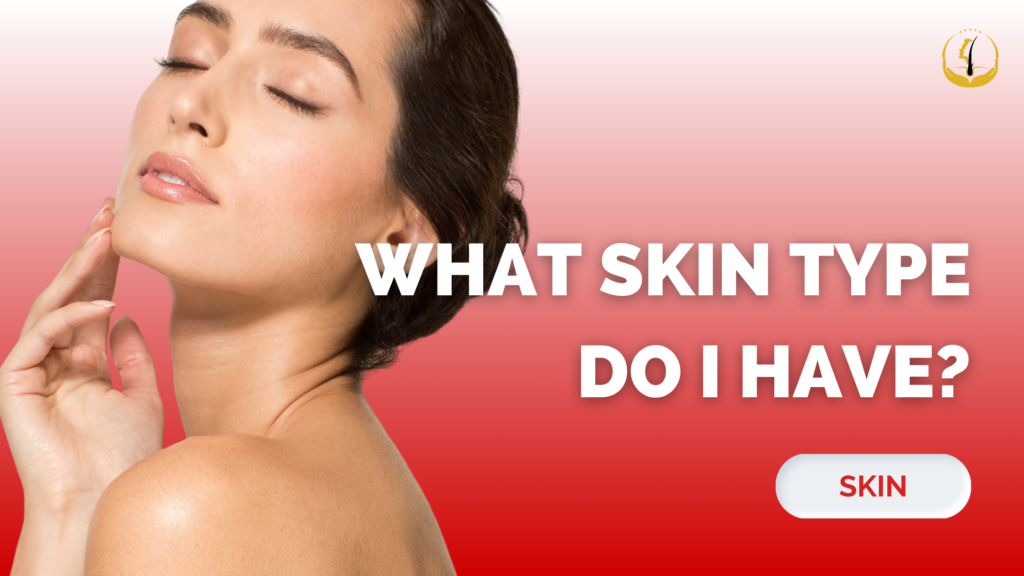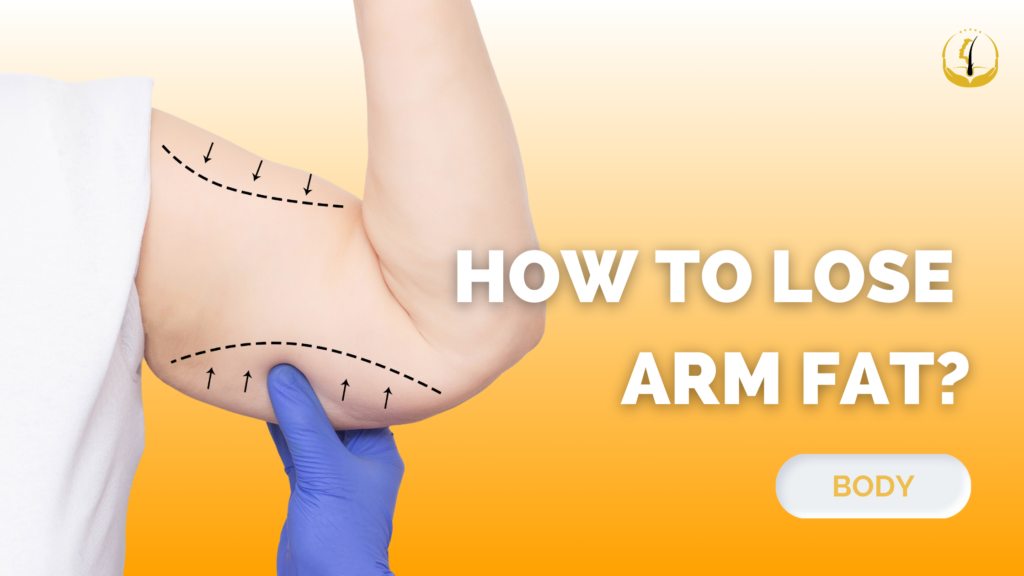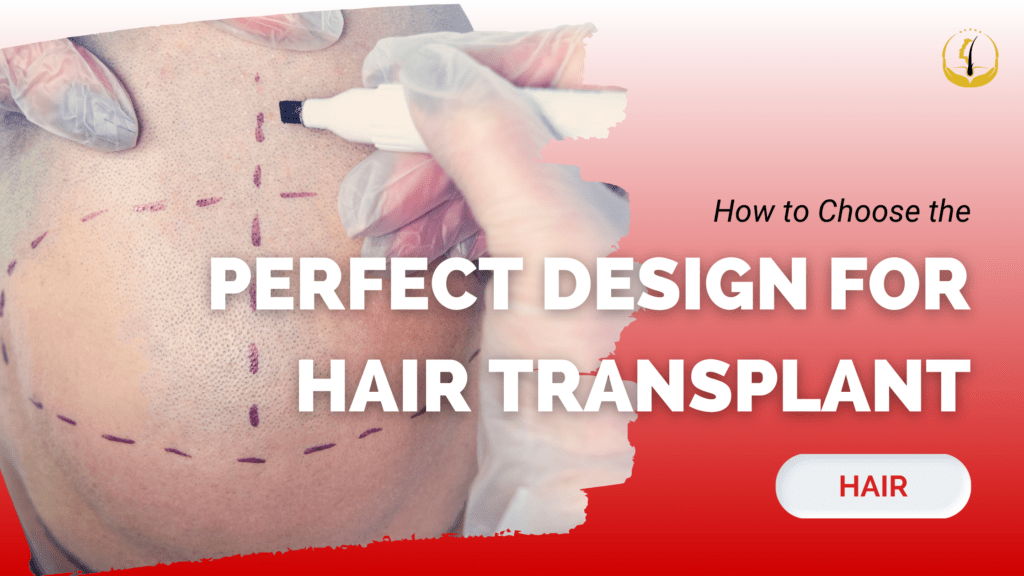What Skin Type Do I Have?

Your skin, the body’s protective shield, demands attention and care to preserve its health and vibrancy. Identifying your skin type serves as the foundation for crafting an effective skincare routine. This comprehensive guide aims to unravel the intricacies of various skin types, empowering you to make informed choices for a glowing and healthy complexion. 5 […]
How to Lose Arm Fat Withing A Week?

The quest for a toned and sculpted physique has led many individuals to explore innovative approaches to fat reduction. One area that often troubles people is excess fat in the arms, which can be stubborn and resistant to traditional methods like diet and exercise. In recent years, an intriguing solution has emerged – fat transfer. […]
How to Choose the Perfect Design for Hair Transplant

Dealing with hair loss can be emotionally challenging, impacting both confidence and self-esteem. Fortunately, the evolution of medical science has introduced hair transplant procedures as a viable solution for restoring a full head of hair. Among the critical decisions in this journey is choosing the perfect design, a decision influenced by factors such as hairline […]
Why is My Hair Falling Out?

Hair, often considered our crowning glory, becomes a source of concern and distress when it starts Hair falling out. Medically known as alopecia, hair loss is a common issue affecting people of all ages and genders. In this comprehensive guide, we delve into the intricate reasons behind hair loss, exploring the various factors contributing to […]

